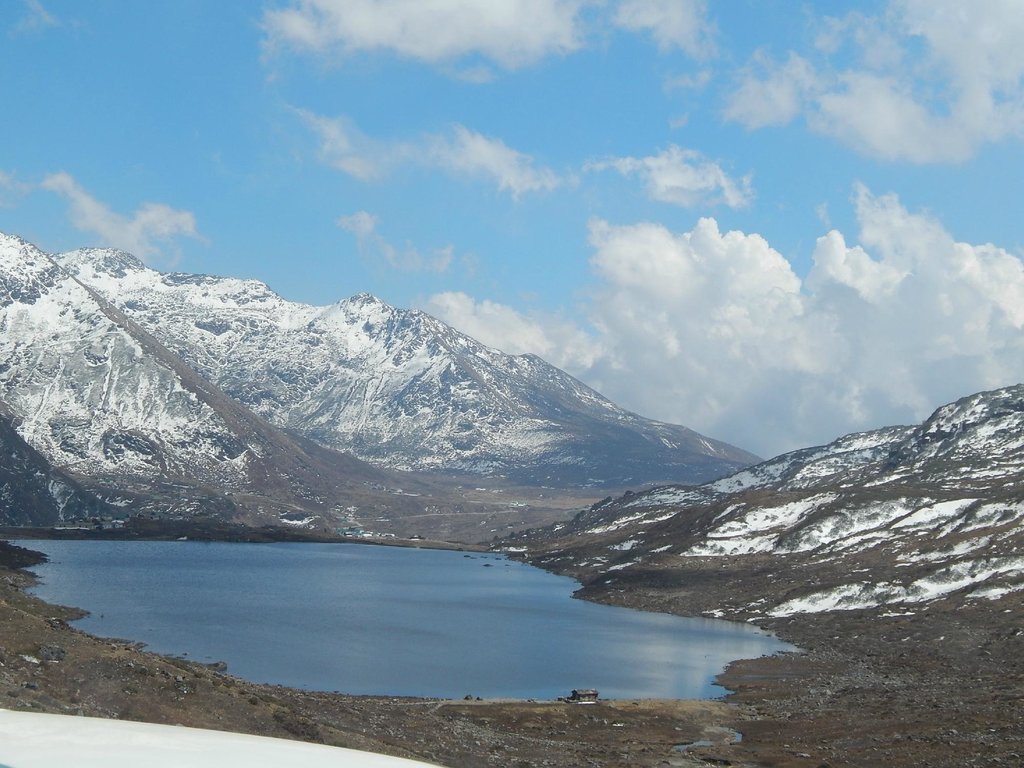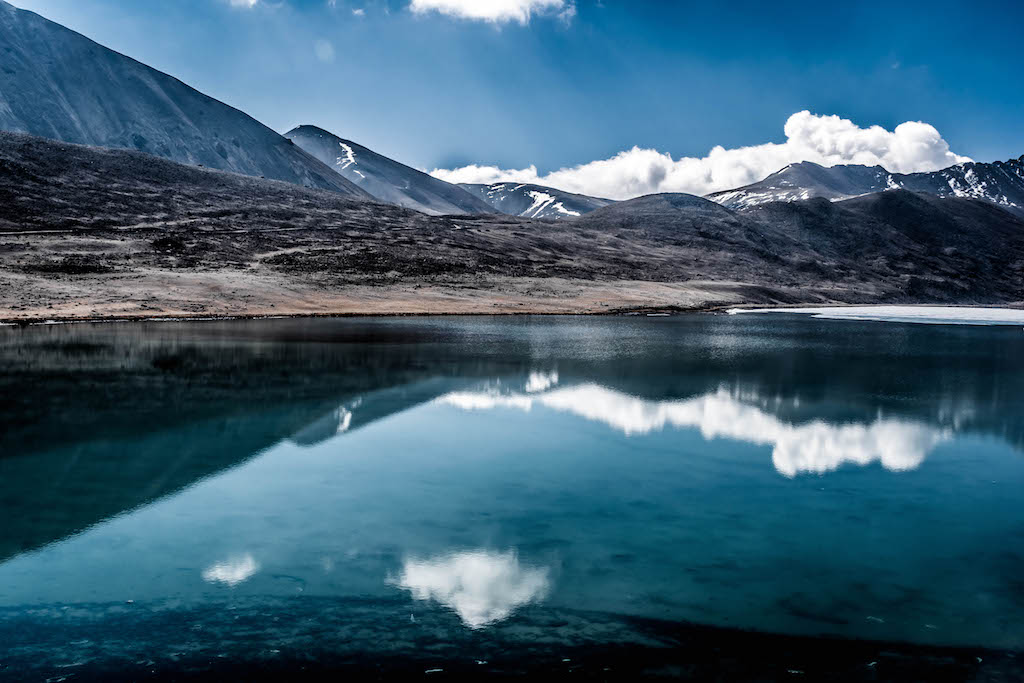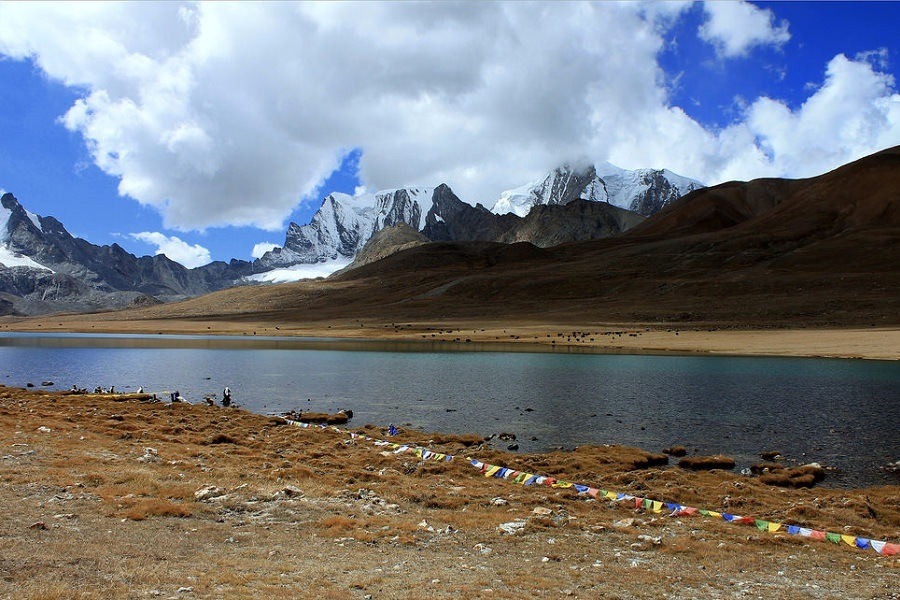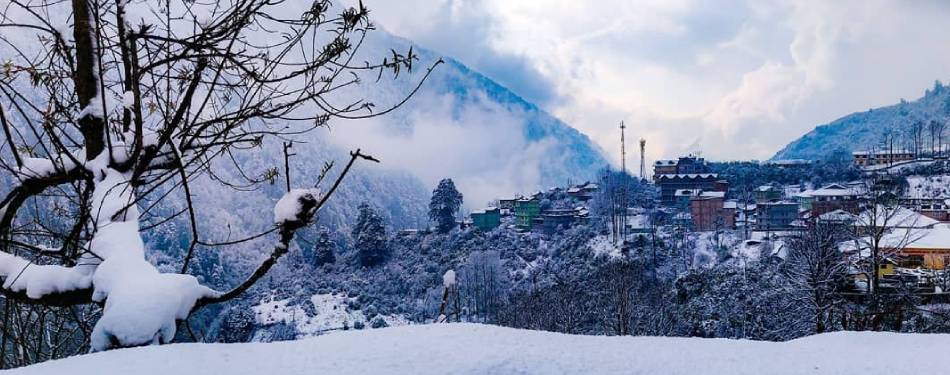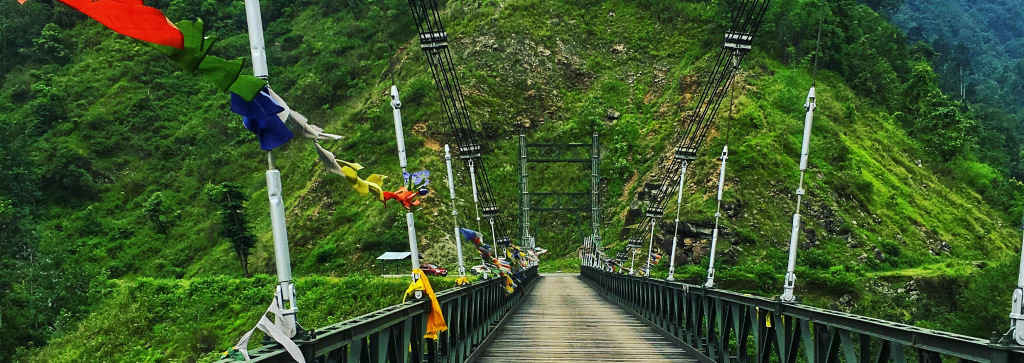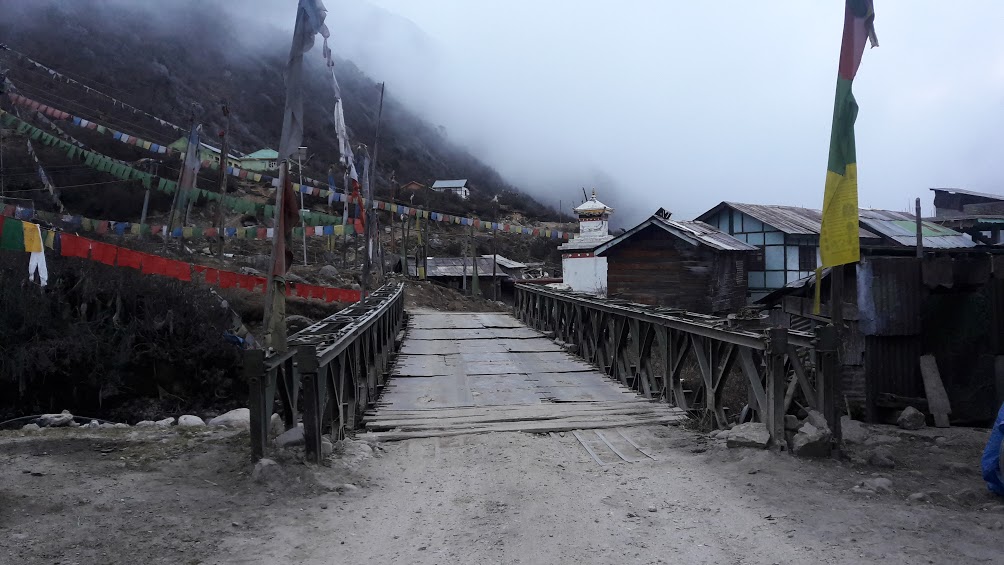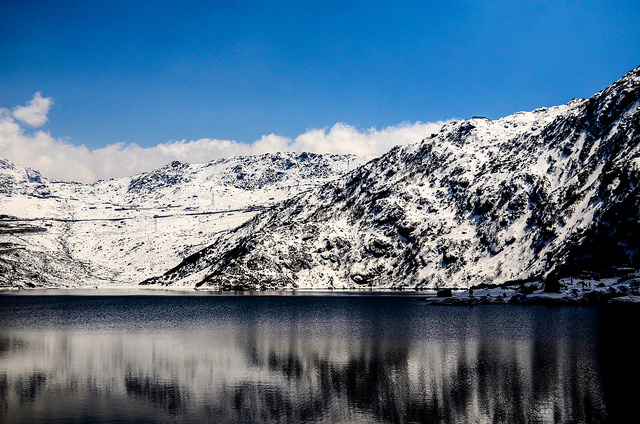
Love at the first sight is what perfectly suitable for the landscape of the Sikkim. The serene and vivid beauty of this small hilly state of India will definitely make you fall in love with it at its first sight. You won’t need much of the reasons to get captivated by this one of the best mountain tourism destinations in the world. The pristine snow-clad mountain peaks along with the world’s third highest peak, enchanting passes, mesmerising trekking routes, captivating view of the high altitude lakes, dazzling waterfalls, lush green valleys and many more of the treasure of Nature. Apart from the natural beauty, the serene and beautiful monasteries and temples adorned the Sikkim with their gracious presence.
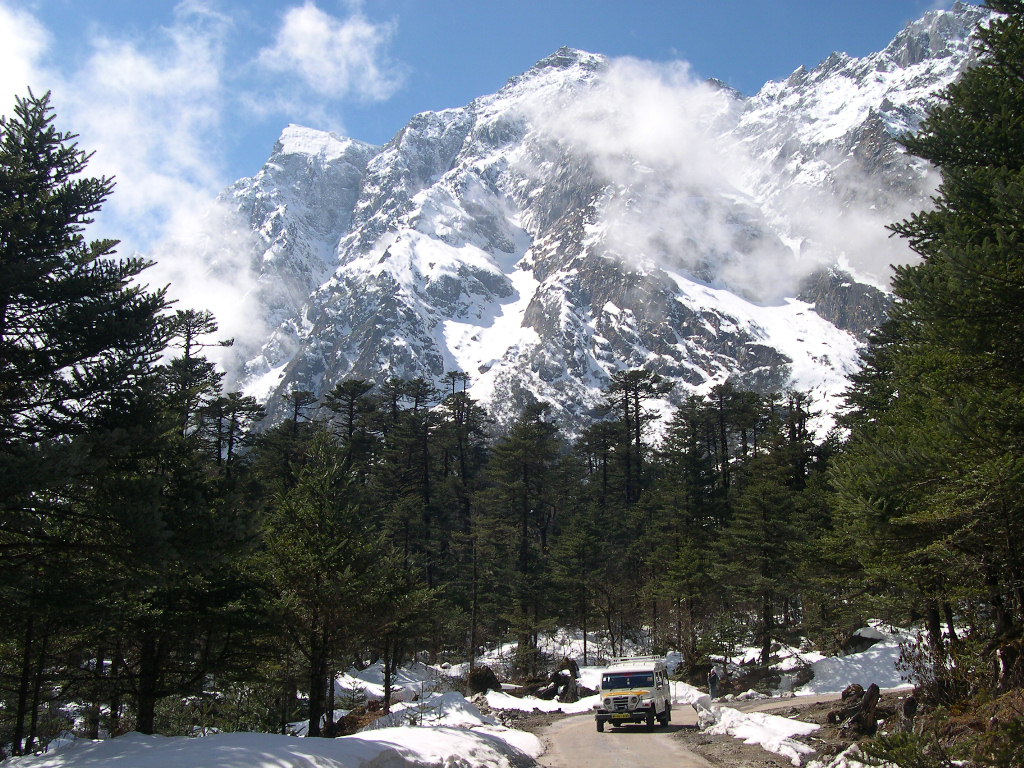
However, in this blog, you will know about the four stunning high altitude lakes of the Sikkim. The beautiful lakes of Sikkim are the prominent tourist destinations in the state which are visited by the thousands of tourists every year. Most of the lakes in Sikkim are located at the high-altitude places, atop the beautiful mountains and considered holy lakes which are highly revered by the local people. The journey to these lakes is an adventurous and magical experience in itself. From Gurudongmar Lake and Tso Lhamo Lake in North Sikkim and Tsomgo Lake in East Sikkim to Khecheopalri Lake in the West Sikkim, you will know the 4 prime Lakes in Sikkim that you must visit while on Sikkim tour.
One of the most visited lakes in Sikkim, the Tsomgo Lake is situated at an altitude of around 12,000 ft nearly 35 km away from the capital of Sikkim, the Gangtok. This beautiful lake is always included in the itinerary of every tourist visiting Sikkim. Nestled in the lap of the rocky and steep mountain landscape, the pristine water of Tsomgo lake and the tranquil ambiance surrounding the lake will provide an immense mental peace. The lake is considered sacred by the people of Sikkim and many ancient legends have been associated with the lake. In ancient times, Lamas used to predict the future after studying the changing colors of this lake. The water of the lake covered with the snow from mid-November to mid-February offering an amazing view of the lake.
Apart from enjoying the astounding view of the lake, you can also get involved in other fun activities here. A ride on the vibrantly decorated Yaks or mules and get yourself clicked for some memorable holiday pictures. The Yak riding service is available nearby the lake. You can also take a walk in the white snow around the lake, and for this, the snow boots and gumboots are available on rent at the spot. There are few eating stalls too, where you can eat some local delicious snacks or take a sip of the special tea and fight off the cold weather.
A little ahead of the Tsomgo Lake, a large lake named Menmeho Lake is located at an altitude of around 12,500 ft. If you move forward nearly 20 km from the Tsomgo Lake towards the Jelepla Pass, you will find this beautiful lake which is surrounded by the majestic mountain range. The lake is the source of the river Rangpo Chu which is a tributary river of the famous Teesta River. The melting snow in the summer season is the source of the water in the lake. This stunning-looking lake remains covered with the snow in the winter and spring season. Famous for the trout in the lake, the locality has a large fish farm to cultivate these fish. There are tourist lodges, a Dak Bungalow and a guest house nearby the lake for the tourists visiting this lake.
Considered as a holy lake and revered by the followers of the different religions like Buddhists, Hindus and Sikhs, the astounding Gurudongmar Lake is among the world’s high altitude lakes. Situated in the North Sikkim, the lake is located at an altitude of around 17,100 ft at the distance of nearly 190 km from the capital city of Gangtok. Surrounded by the white snow covered pristine mountain tops, the view of the lake is captivating as well as uplifting to your mind and soul. The lake got covered with the white snow in the winter and spring season, which offers a magnificent view of the frozen lake and its snowy surroundings.
It is believed that the lake has the divine power and its water is a blessing for the childless children and highly revered for granting children to such couples. The lake is named after the Guru Rinpoche (or Guru Padmasambhava) who founded the Tibetan Buddhism and visited this place in the 8th century. Not only the lake but the way to reach the lake from the Lachen is magnificent in its own, especially, the road from the Thangu to Gurudongmar which is a rough and rocky terrain. Indian tourists are allowed to visit this lake while foreign tourists need special permission to visit this place.
Situated at an altitude of around 17,490 ft, the Tso Lhamo Lake is the highest lake in India and one of the highest lakes in the world. The beautiful lake is located just at a distance of 10 km from the famous Gurudongmar Lake and 74 km from the Lachen. The lake is located very near to the India-China international border, around 4 km southwest of the border, the lake can only be visited by the Indian tourists. The lake is surrounded by the snow-clad mountain glaciers which are the source of the lake water. The Tso Lhamo Lake is one of the sources of the famous Teesta River in Sikkim.
The breathtaking view of the lake and its surroundings is highly captivating which attracts hardcore nature lovers so much that they traverse the rugged and dangerous terrain to reach here and savor the truly untouched beauty of Nature. The view of the crystal clear blue water of the lake and the shadow of the white pristine mountain tops in the water seems like the presence of a divine beauty on the earth. Indian tourists need a special army permit along with the tourist permit to visit this place. It is best advised that you must avoid visiting this lake in the winter and monsoon season.


